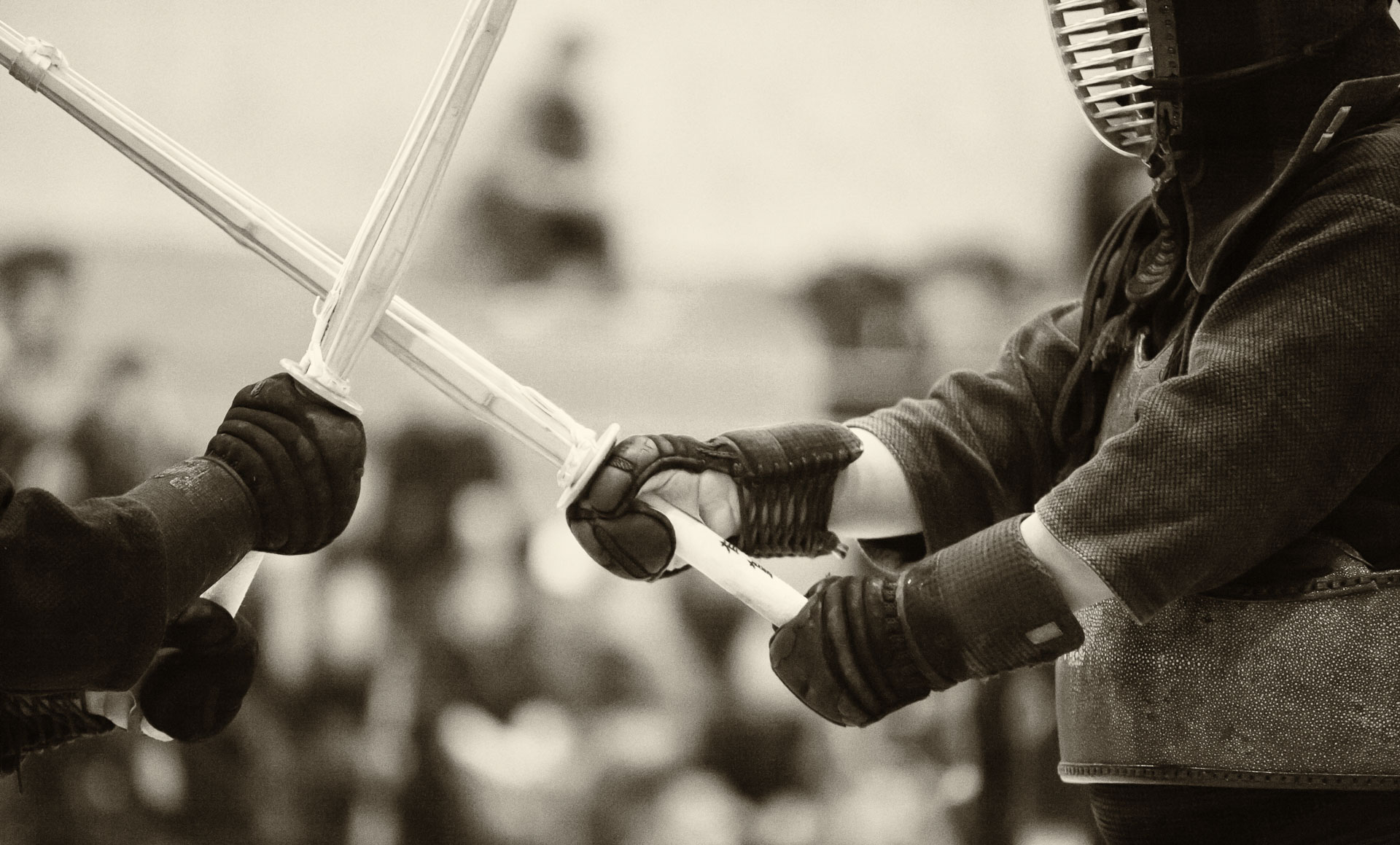
The ability to scale up is typically considered a very desirable (if not the key) property of a business, a research group (in academic context) or any other entity or project where productivity is measured quantitatively (i. e. in terms of profits, journal publications, etc.) However, in certain cases, consciously limiting the scale of the project has tremendous benefits in terms of quality of the end product as well as the quality of the experience of the process. A great example of this decision not to scale up is shown in “Jiro Dreams of Sushi
“, a documentary about a high-end sushi restaurant in Tokyo.
In my experience, limiting the scale of projects certainly works well for photography. High-volume photo shoots involve a lot of overhead related to production and logistics. As the scale of the project increases, so does the overhead, while the essence of the project that served as the original motivation, at best, remains unchanged.





























